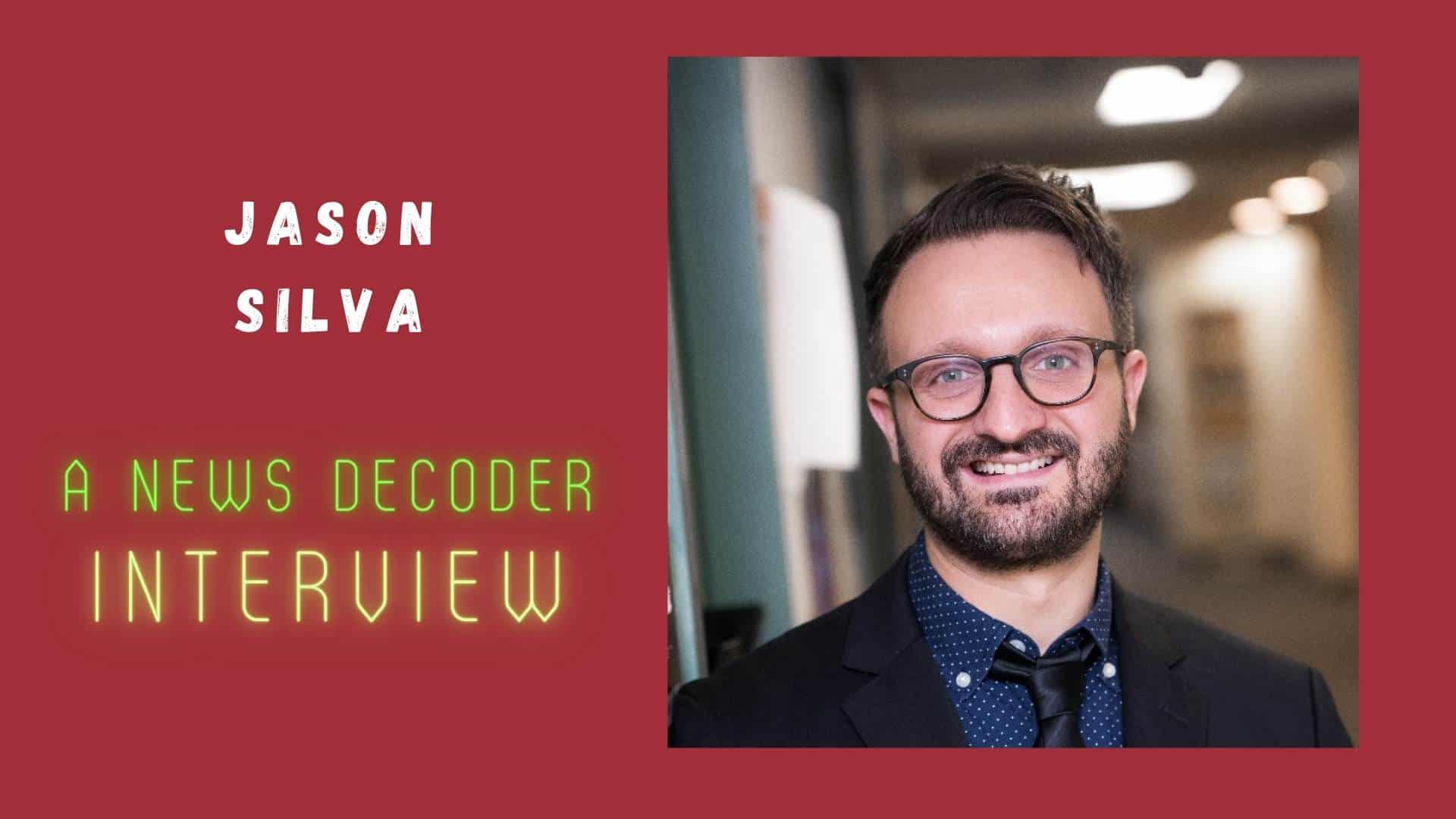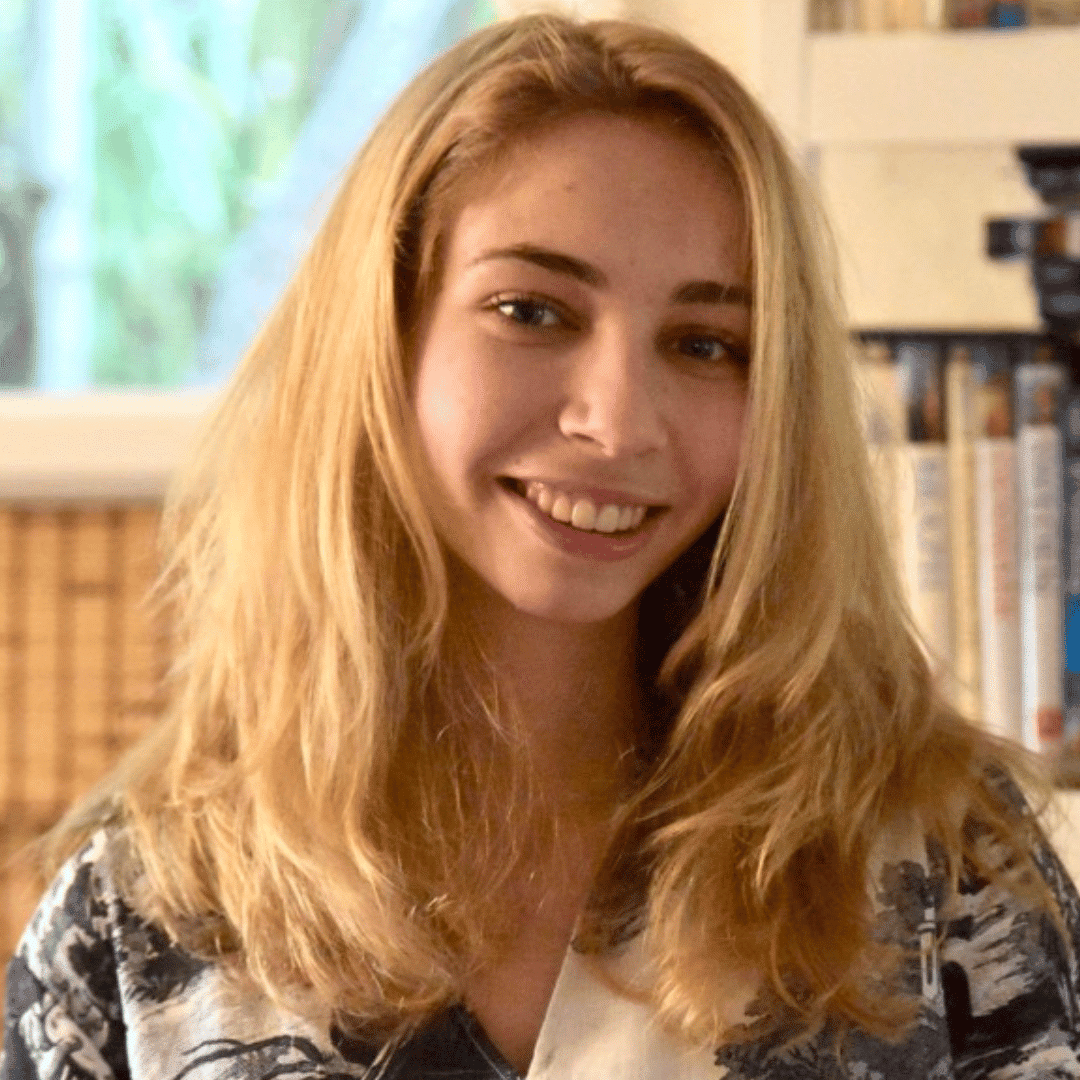Can we explain mass shootings in places like the Czech Republic or Serbia as American-influenced phenomena or is something else going on? We turned to one expert to learn more.

Jason Silva. (Photo courtesy of Jason Silva)
On 21 December 2023, Charles University in Prague — the Czech Republic’s oldest, largest and most prestigious university — was the victim of a mass shooting.
Leaving 14 dead and more than 20 wounded, it has been the worst mass shooting Europe has seen since Serbia’s two cases of consecutive and extreme gun violence in May 2023. It has rocked citizens of the Czech Republic, where only two prior attacks occurred in the last 10 years, according to the Reuters news service.
This epidemic of violence is commonly associated with the United States, where the Gun Violence Archive found that 22 mass shootings have already occurred in 2024.
And yet, despite the shock-factor of a so-called “rare occurrence” abroad, mass shootings have been on the rise globally.
Jason Silva, an adjunct instructor at New York University, has extensively researched the disparity — now increasingly smaller — between mass shootings in the United States and abroad.
In his article, “Mass Shootings as a Global Phenomenon” from Oxford University Press, Silva affirms that Prague’s attack is only a symptom of global mass shootings, which have doubled in number from 2000 to 2010 and 2011 to 2022.
News Decoder spoke to Silva about the nuances of what constitutes such attacks and the media’s role in covering them. As these events play out more frequently on the international stage, it is crucial that journalism adopts new measures — such as the No Notoriety Campaign, which advocates for responsible news coverage of such attacks — in order to have a stake in reducing mass shootings.
ND: Are you able to explain, from an expert’s point of view, what constitutes a mass shooting?
Silva: When we’re thinking of mass shootings, there has been some sort of discussion in the media, and a little bit of confusion in the general public, about what constitutes a mass shooting. When we say ‘mass shooting,’ that essentially means any incident involving four or more fatalities. But when we hear about mass shootings in the news, we’re normally hearing about what we refer to as public mass shootings. And these are different than family mass shootings, which are oftentimes more common, but result in less fatalities and injuries, a lot of the time.
The public mass shootings that we’re looking at need to occur in public locations — so not in the home, like many of the family mass shootings are — and they need to involve at least some victims who are random, or symbolic.
ND: Mass shootings are becoming a pattern globally, and not just nationally in the United States. How are we seeing this play out?
Silva: It’s far more common in the U.S. However, we are seeing an increase in mass shootings over the turn of the century in these other developed countries. So this is raising concern that there is potentially people who are modeling American mass shootings in other, similar countries.
ND: What’s the media’s role in covering an event like the Prague shooting and how does that feed into the greater problems with these patterns that we are seeing?
Silva: Prague is interesting, because the shooter there was not modeling American mass shooters per se. However, they did identify other shooters they did idolize, and who they suggested they were doing this for. They were not American, but the shooters they did idolize, they were actually interested in American mass shootings.
Many of these mass shooters, especially those seeking fame, which we’re seeing a lot with the most high profile ones, they are deeply interested in American mass shooters. Which is one of the reasons why I am a big advocate of what we refer to as the No Notoriety Campaign, where we don’t say the shooters’ names in news reporting, or as I’m speaking to you, only because we don’t want to give them the attention they are desiring.
And hopefully, we are trying to deter other copycats, or people who idolize these shooters, by saying, ‘Hey, you’re not going to get this attention you desire.’
ND: Are there other things that the media gets wrong, or gets right?
Silva: The media, historically, was doing a lot of glorification of these shooters. And not just shooters, but of terrorists and serial killers. And it’s concerning for mass shooters, because many of them actually love that attention.
So they were putting pictures of the shooters in the news, and they were focusing on the shooters, ultimately glorifying them, giving them the attention they desire.
Something that we’ve been a big proponent of is saying we should not give them attention. Instead, we should focus on the victims. So we are seeing that the news has been doing a much better job of this, not saying the shooters’ names, not posting their pictures, not glorifying them and focusing more on victims. This has been a pretty promising avenue in terms of the media’s response to these things we’ve been advocating for.
ND: Have you seen that there’s a difference in media response between countries?
Silva: Other developed countries have already been pretty good about this. They oftentimes were doing this before, so we are, in fact, modeling them at this point.
ND: Your research looks at possible prevention plans. What are some?
Silva: Thinking about some sort of global phenomena, one of the major things we’re seeing is that with a lot of shootings in other developed countries, many of the deadliest ones involved what we sometimes refer to as ‘assault rifles’ — these high-powered rifles, these semi-automatic rifles.
So many of the other developed countries, such as Norway and New Zealand and Canada, after they’ve had these high profile shootings, they’ve actually implemented bans to some extent, or different various firearm legislation, surrounding these high-powered rifles.
Passing legislation in the U.S. has been exceedingly difficult, so much of the work in the U.S. I’ve been focused on has been looking more at other strategies outside of common sense gun laws, because it’s been so exceedingly difficult to pass in the U.S.
ND: In Prague people didn’t expect a mass shooting, in part because so much of the focus on gun violence has been on the United States. So even when they find signs, like social media posts, they don’t expect it because it doesn’t happen often. Do you see that shifting globally as a pattern, of being hyper-vigilant?
Silva: There’s this concern that there’s potentially a rise in mass shootings in these other developed countries, potentially modeling American mass shooters, in which case they would likely need to model American mass shooting responses, both in terms of prevention and harm mitigations.
So yes, definitely taking those threats and postings online very seriously. One of the things that’s of concern is that a lot of the time, they’ll tell their friends or family, and then you may not want to tell on your friend or family member, because you would be concerned about getting them in trouble, especially if you weren’t sure they were being realistic about it. One of the things we’ve been focusing on is that people take those threats very seriously.
ND: Can young people — and journalism — help prevent mass shootings?
Silva: We’re seeing in the U.S. — in the aftermath of Parkland — that young people really were making a lot of advances and sort of rallying and protesting in order to garner attention to this problem, and implement legislation in order to hopefully help reduce this problem.
Unfortunately, it hasn’t been as successful as passing legislation surrounding common sense gun laws.
I’m honestly not exactly sure how these other countries are going to respond. In the U.S., the young people have to get together, organize and try to draw attention to passing common sense gun laws — because we have been historically so resistant to it. Alternatively, many of these other countries are not as resistant to it, so they don’t need young people to get together in the same way, because the public consensus is that we probably should implement these gun laws.
Three questions to consider:
- What responsibility does the news media have when it reports on a mass shooting event?
- What have countries like New Zealand and Norway done to make mass shootings less likely to happen?
- What can young people do to try to combat gun violence?

Kaja Andrić joined the News Decoder team as an intern in January 2024. She is a second-year Journalism student at New York University. She is also studying Romance Languages with a concentration in French and Italian. Andrić has written for both NYU’s Washington Square News and Cooper Squared publications. Previously, she was a correspondent for the Florida Weekly newspaper’s Palm Beach community chapter. In 2022, she was Florida Scholastic Press Association’s Writer of the Year.
